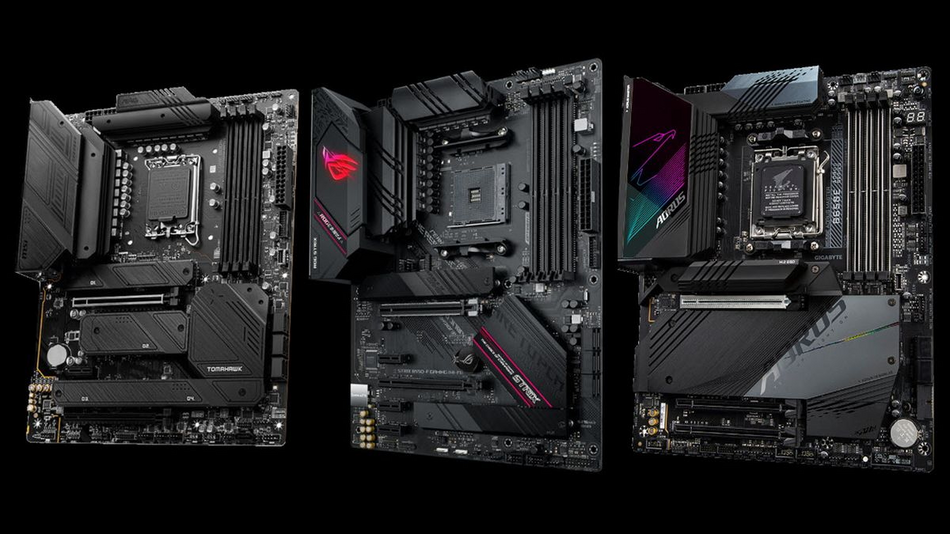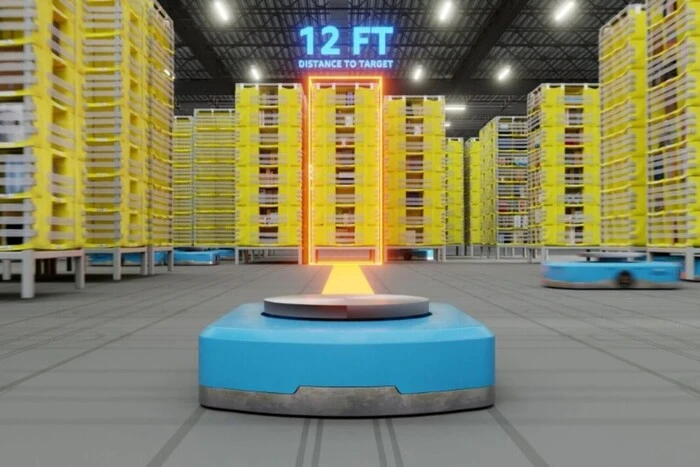How to choose a motherboard for a computer for the processor.


The choice of various computer parts can take a lot of Time. The question often arises of how to choose a motherboard for a processor so as not to overpay later.
For those who use a powerful computer, it is important to know how to choose a motherboard. This is especially true for a gaming computer, as it can be expensive. Here it is important to consider the appropriate prices for components for a gaming PC.
How to choose a motherboard for a gaming PC?
First of all, you need to understand why a motherboard is needed at all. This will help you better understand the price.
The motherboard is a key component of any computer that connects all other components. It provides interaction and coordinates the work of all components. This is especially important for a gaming computer.
The main functions of the motherboard:
Connecting components. The processor, RAM, video card, drives, power supply and other components are connected to the motherboard.
Data transfer. The motherboard provides high-speed data exchange between components.
Power supply. The motherboard distributes electrical energy among the components.
Slots and interfaces. The motherboard has slots for connecting devices and interfaces for connecting drives, memory, and video cards.
The motherboard also contains firmware that controls the computer's operation.
Some motherboards have additional features, such as expansion slots that allow you to connect additional devices.
The motherboard determines the size of the computer case and its compatibility with the processor and memory.
The motherboard is one of the most important elements of the computer and is responsible for the connection, management, and power supply of all components. It is necessary to integrate various devices into a single system.
How to choose a gaming motherboard?
Choosing a motherboard for a computer for the processor is an important step in assembling a PC. To do this, you need to choose a motherboard that meets your needs and has the necessary expansion capabilities.
Main criteria for choosing a motherboard for the processor:
Compatibility with the processor socket. Make sure the motherboard socket matches your processor.
Chipset. Choose a chipset that meets your needs and has the necessary features.
RAM support. Make sure the motherboard supports the required type and speed of memory.
Expansion slots and interfaces. Make sure the board has enough PCIe slots and interfaces to connect devices.
When choosing a motherboard for the processor, pay attention to its form factor, which determines the size and type of case needed for installation.
Read also
- More robots than humans will work in Amazon warehouses
- Steve Jobs Predicted the Emergence of ChatGPT 40 Years Ago (Video)
- Record May: Which Electric Cars Are Chosen by Ukrainian Drivers
- Microsoft's Artificial Intelligence Outperformed Doctors in Diagnosing Complex Diseases
- ChatGPT drastically influenced one category of job vacancies
- Beta testing of fine payments has begun in 'Reserve+'










